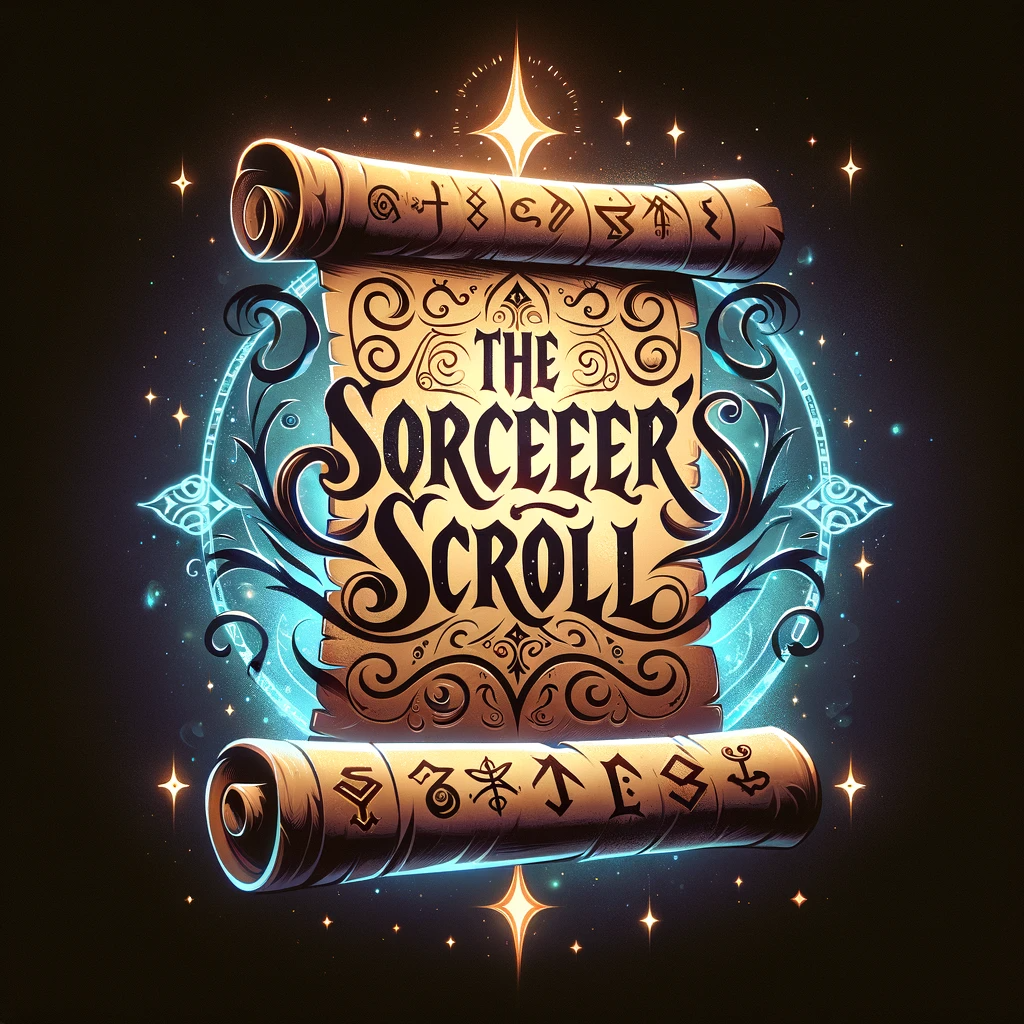Using the Hero’s & Heroine’s Journeys
Narrative design can also be called plot and structure. It’s the process we go through when crafting a story. There are many guidelines out there from The Snowflake Method to Save the Cat, both of which I adore. However, in this post, I’ll discuss the Hero’s Journey and the Heroine’s Journey and offer a few side-by-side comparisons.
In this post, I’ll provide a brief overview of the elements that differentiate the Hero’s Journey and the Heroine’s Journey and provide one example regarding the withdrawal beat in each narrative.
Overview
There are many markers that distinguish these 2 narrative designs. However, I’ll quickly point out that the differences have nothing to do with the character’s gender. A male-gendered character can be a heroine (as Carriger points out with Harry Potter), and a female-gendered character can be a heroine as with Diana in Wonder Woman.
The differences lie in the inciting event, themes, and tropes. How the hero and heroine view things such as success, victory, and strength are key elements to distinguish the two narrative designs. Furthermore, the archetypes that are presented in each of the narratives are used in specific manners that also indicate whether you’re reading a hero or heroine.
Also, I’ll note that the two do not have to be mutually exclusive. I’ll discuss that a little more below with the Harry Potter example.
The Heroine’s Journey

Story Beat: Withdrawal
The withdrawal from society in the Heroine’s Journey is involuntary. Some part of the heroine’s network is broken at the beginning of the book. The MC may seek aid from family or their network, but when it goes unanswered, they embark on the journey.
The withdrawal from society is more active in the Hero’s Journey. The hero may reject the call at first but is then guided by a mentor or a supernatural intervention. Usually, when they arrive in front of the mentor, they are broken. The mentor offers a gift (this may be physical or advice, prophecy, etc.). And after this, the hero decides to answer the call to adventure.
Think About Harry Potter
Interesting point: I see instances where people argue that Harry Potter is a Hero’s Journey, but Gail Carriger suggests it’s actually a Heroine’s Journey.
My take?
I think it’s both, and I believe that’s what makes it so popular. I think each installment of Harry Potter is a Hero’s Journey, but the end-to-end narrative design is a Heroine’s Journey. Some of this may depend on where you believe the story begins, but I’ll offer the arguments side-by-side
Harry Potter
as a Hero’s Journey
- Harry is marked as a chosen one (his scar).
- He lives in the ordinary world (with the Dursleys) in a mediocre home.
- He receives the call to adventure (the letters from Hogwarts).
- A herald / mentor (Hagrid) arrives to usher him on his adventure or his voluntary withdrawal
Harry Potter
as a Heroine’s Journey
- Harry’s family is broken and he is ripped away from his world (his involuntary withdrawal)
- His pleas to read the acceptance letter are ignored by the Dursleys
- He is isolated
- He embarks on the journey to Hogwarts

What would you call Wonder Woman?
I’ll discuss the themes of aloneness and separation in another post, but here’s a little food for thought that I’ll leave you with on Diana in Wonder Woman.
If you enjoyed reading or have thoughts on the topic, drop me a few words below.
Otherwise, until next time…
Happy reading, writing, and editing.
Susan



